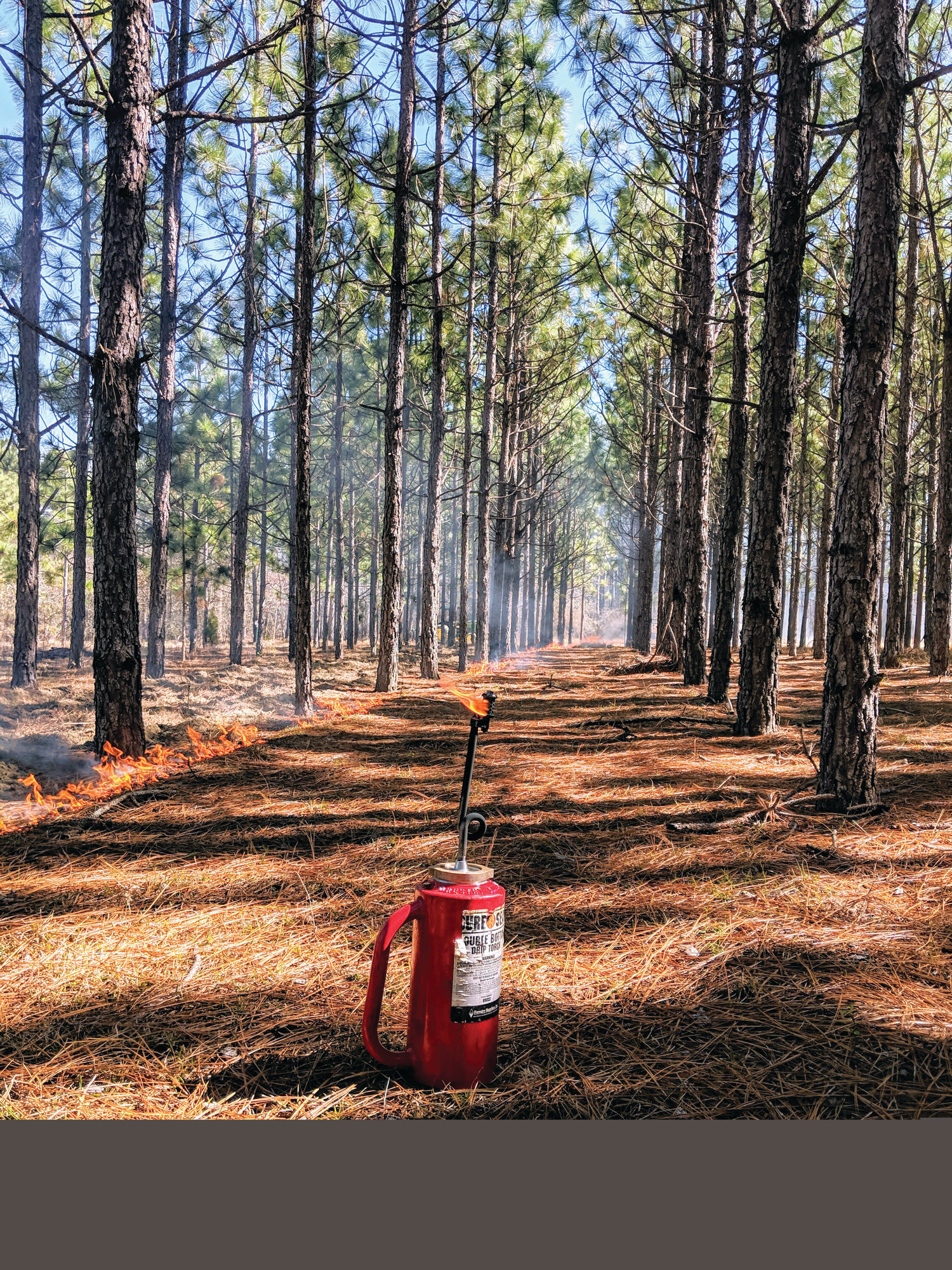Prescribed fire: The prescription for a healthy forest
Clemson Extension
Gov. Henry McMaster has proclaimed March 2019 Prescribed Fire Awareness Month in South Carolina.
Prescribed burning is a very important management tool in the Southeastern United States and can easily be related to human health. We rely on medical professionals to assess our health and make preventative recommendations that sometimes require a prescription. Our forests have evolved with the presence of naturally occurring fires. These fires shaped the landscape but often burned with low intensity and resulted in a patchwork of burned areas. Without these regularly occurring fires the fuels, made up of dropped foliage, woody debris and herbaceous vegetation, build up to unhealthy and dangerous levels. Much like a medical prescription is made to keep us healthy, forest managers prescribe fire as a management tool to improve the health of forests.
When conducting a prescribed fire, the fuels will typically only include tree litter, grasses and small debris. In the case of a wildfire, where the fire gains much more intensity, more fuels become available, which leads to further damage and added difficulty in controlling them. In an effort to reduce the possibility of catastrophic wildfires, land managers use prescribed fire to reduce these fuels in order to reduce the risk of losing valuable timber growth, damage to property and structures, and even loss of life.
"Prescribed burning plays a crucial role in forest and land management objectives. When a forest is managed using prescribed fire, not only is the result aesthetically pleasing, but fuels are reduced, and the risk for damaging wildfires is much less," says Ryan Bean, Area Forestry and Natural Resources Agent with Clemson Cooperative Extension Service.
So, next time you see smoke as a result of a prescribed burn, remember, prescribed burning is an essential tool in the health and safety of South Carolina's forests.
More Articles to Read

